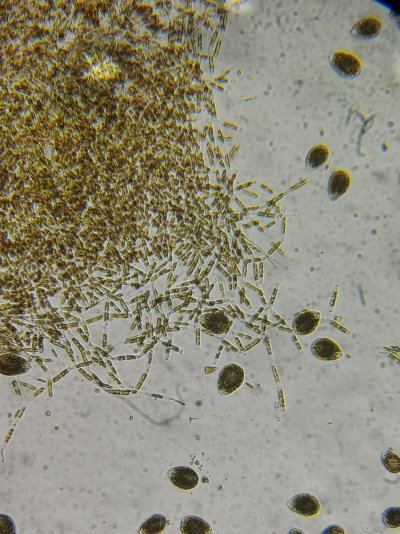Hello. After remove all the source for silica that I can think of. I still have diatom growing on my barebottom and rock. It's grows back really fast. The only thing I did not test for is the kalk solution. It did remind me all this diatom happened after changing the kalk brand(ESV now). Is there any way to test the silica level in kalk solution? Anyone has experience with ESV kalk? (I do have seachem silica test kit .can't locate a Hanna 705 anywhere)
Ro water icp show 0 silica (enduro and silicabuster)
Tank icp 181ug
Ro water icp show 0 silica (enduro and silicabuster)
Tank icp 181ug
Last edited:
















